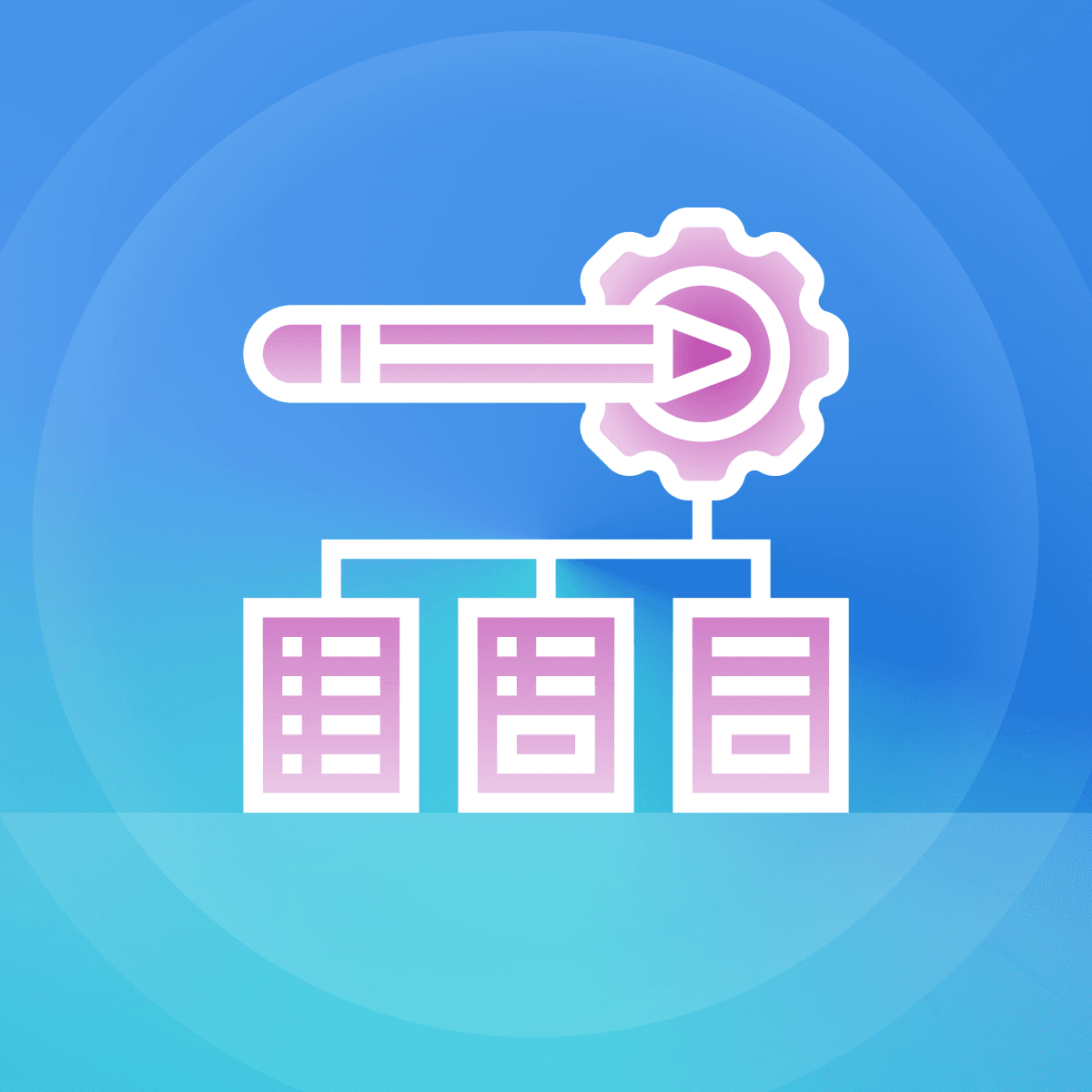Do You Have the Right Measurement Framework for Your Marketing Program?
Published on December 21, 2021/Last edited on December 21, 2021/4 min read


Team Braze
You already know that data is an integral part of modern marketing. But when it comes to customer engagement, simply gathering and managing data isn’t enough. You need to know what to track, what to measure, and how those metrics impact your marketing holistically. Focus on the wrong metrics, and you risk optimizing aspects of your campaign that don’t move the needle. And that, in turn, could result in measurements that are completely divorced from the ways your customers interact with your brand.
So, how do you ensure you have the right information? With a measurement framework, of course. By developing a framework with a focus on customer engagement, you can go beyond simply measuring performance to driving customer value.
How to Build a Measurement Framework
As with most things in marketing, building a measurement framework requires planning, the right tools, and teamwork.
Before you can create a measurement strategy, you need to categorize your measurements. That means distinguishing between output—topline metrics (e.g. revenue)—and input metrics (more granular statistics that inform output metrics). If you only rely on output metrics to determine performance and company health, you won’t get the complete picture. For example, let’s say your mobile revenue increased by 50% in one quarter—that’s an output metric. But to truly understand why that revenue number rose the way it did, you need to look at input metrics such as frequency of orders, customer count, and order value.
Next, you’ll need a tech stack that’s built around streaming data and measurement practices that allow for responsive measurement and iteration. Be aware of any data silos or latency issues that could affect your stack’s ability to communicate in real time. Resolving those issues early on is key.
Last, but certainly not least, think about how customers are engaged across the lifecycle in a holistic way. You’ll need to build partnerships with teams that are involved in those journeys. Otherwise, you’ll end up with disconnected experiences, incomplete data, and metrics you can’t track effectively.
What a Measurement Framework Looks Like
Although your final measurement framework will be tailored to your brand’s goals, here’s an overview of what it should include and how it should work.
Tech Stack Components
Messaging: An advanced customer engagement platform (such as Braze) that includes:
- Retention Reports to measure retention for users that performed a specific retention activity in a campaign.
- Funnel Reports to create a visual analysis of the journey customers take after receiving a campaign.
- Report Builder to compare the results of multiple campaigns in a single view.
Analytics:
- Web analytics platform (e.g. Google Analytics)
- Behavioral analytics platforms (e.g. Amplitude, Mixpanel)
Optional:
- Data Connector: Customer Data Platform (e.g. Segment, mParticle, Tealium)
- Location Insights: Location Data Platform (e.g. Radar, Foursquare)
- Recommendations: Recommendation Engine (e.g. Amazon Personalize)
Metrics to Measure
Engagement: You have a full picture of user engagement for each messaging channel.
Retention: You understand how your brand’s retention trends over time and what those trends look like across segments and lifecycles.
Customer Value: You understand how your acquisition costs and revenue per customer metrics present across different behavioral groups.
The Results
Using these tools and metrics, you’ll gain a macro view of your customer engagement efforts as well as a nuanced view of the elements that ladder up to those results. You can also move seamlessly between the two levels to better understand those campaigns—for example, you can assess a customer’s customer lifetime value (LTV) and then zoom in to tweak factors that influence that statistic.
Final Thoughts
If creating a measurement framework from scratch seems overwhelming, don’t worry. We put together a comprehensive guide to help you develop a measurement strategy that will take your customer engagement program to the next level.
Check out Key Measurements for Customer Engagement to learn what to track, what to measure, and how to drive business growth today.
Related Tags
Be Absolutely Engaging.™
Sign up for regular updates from Braze.


